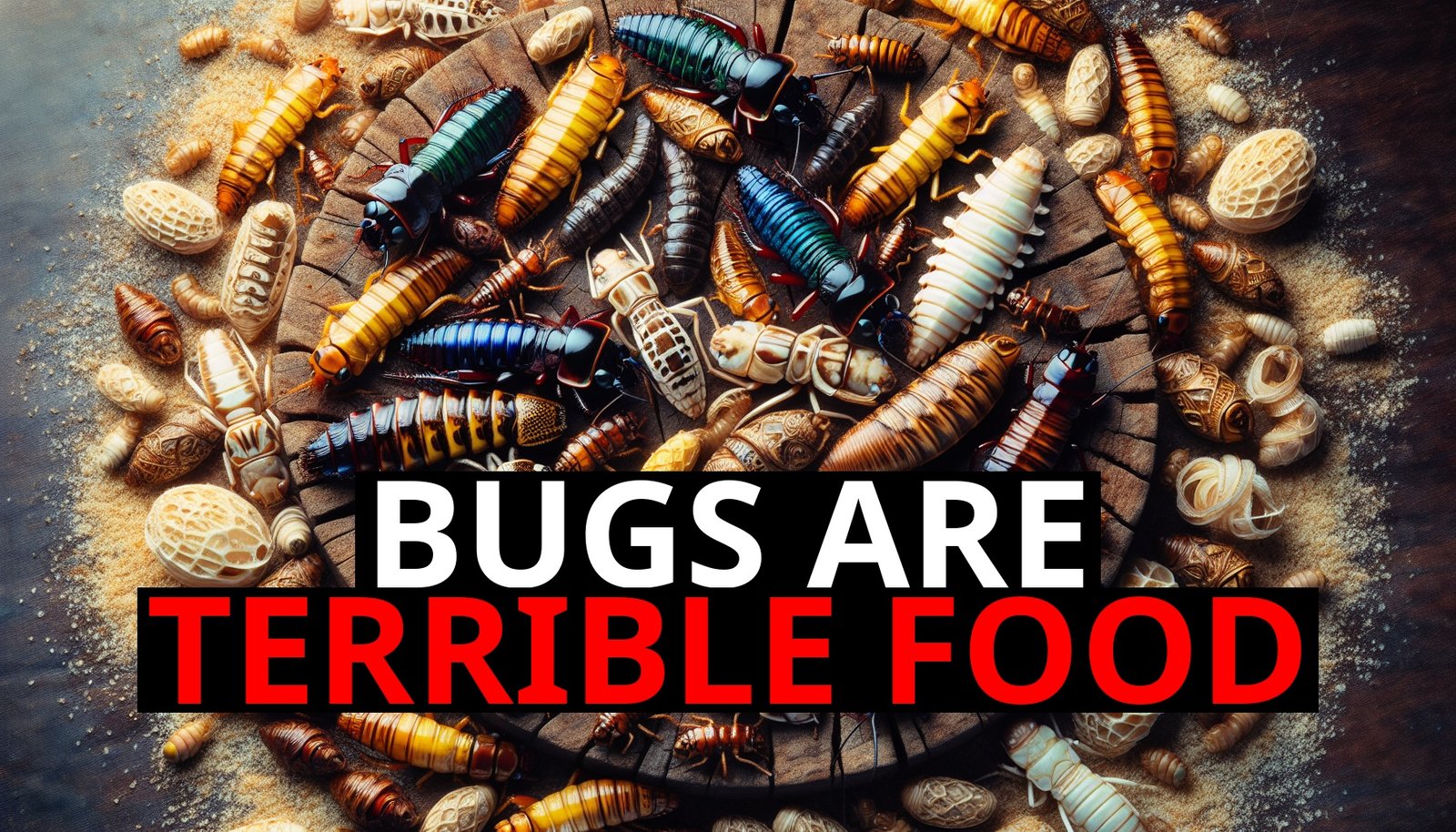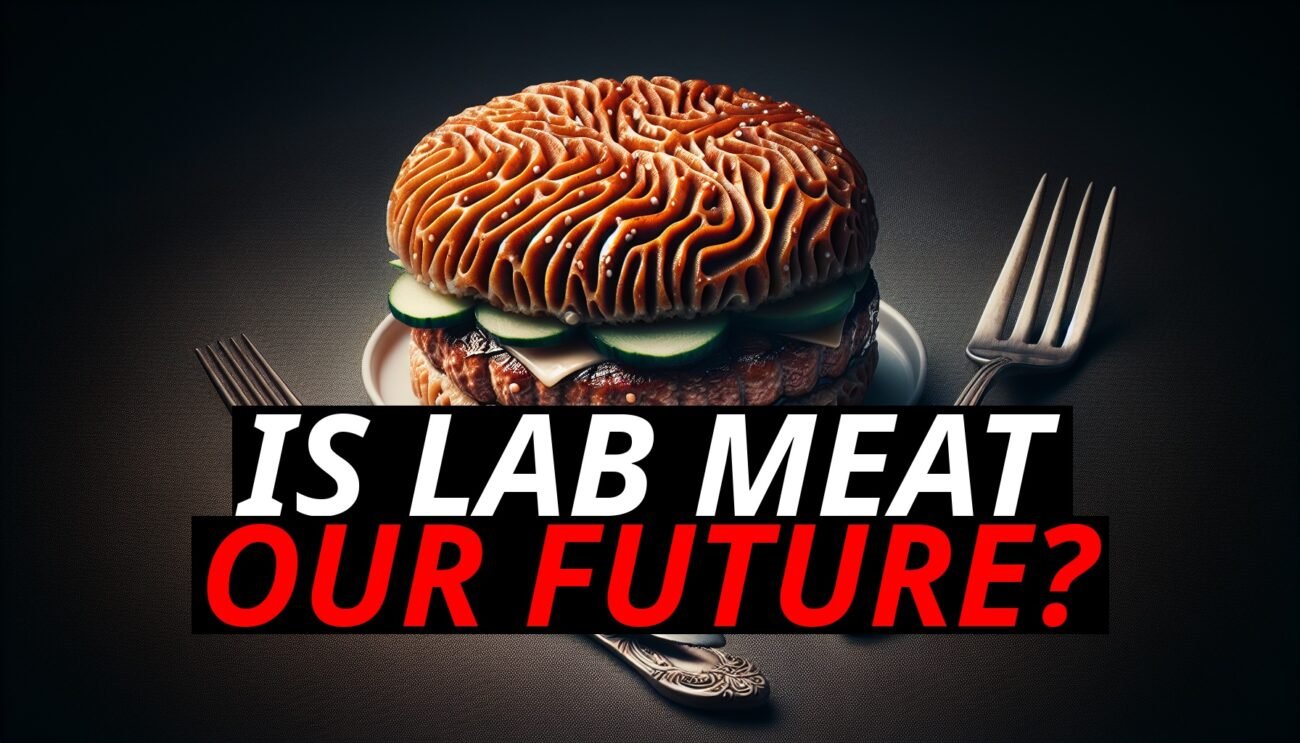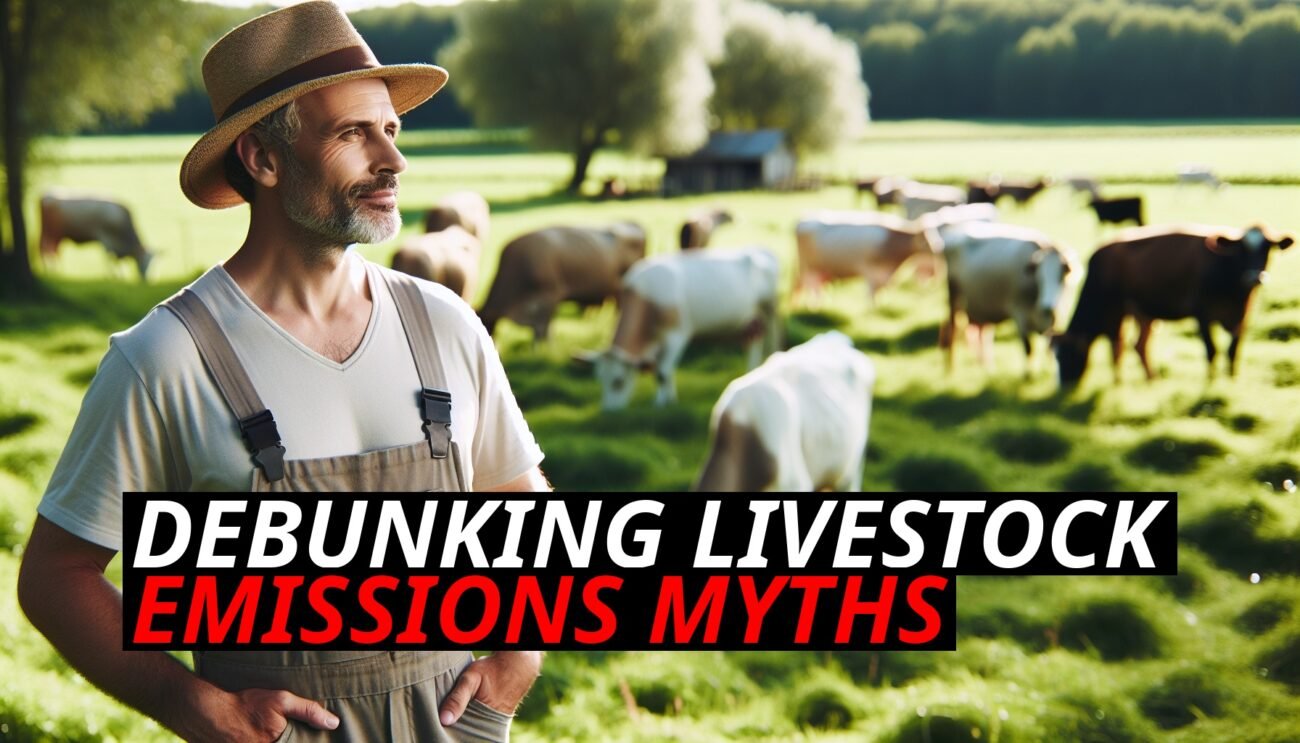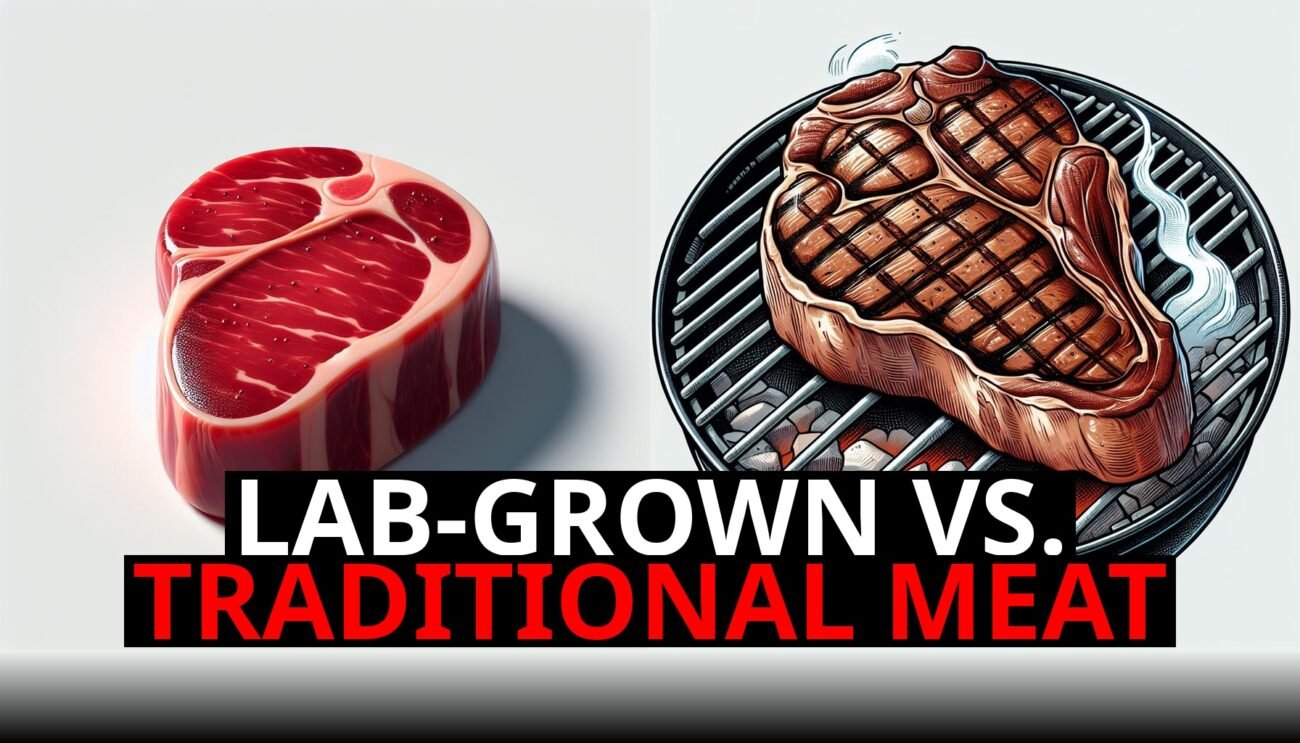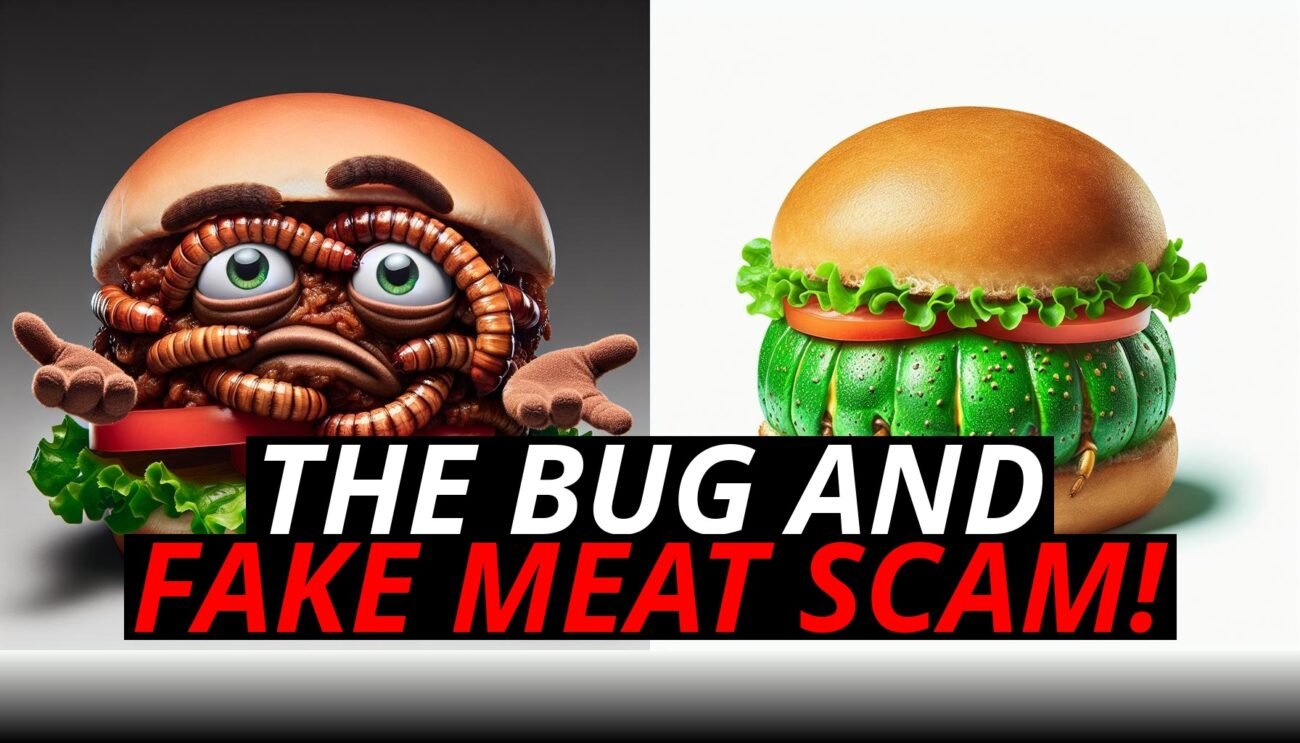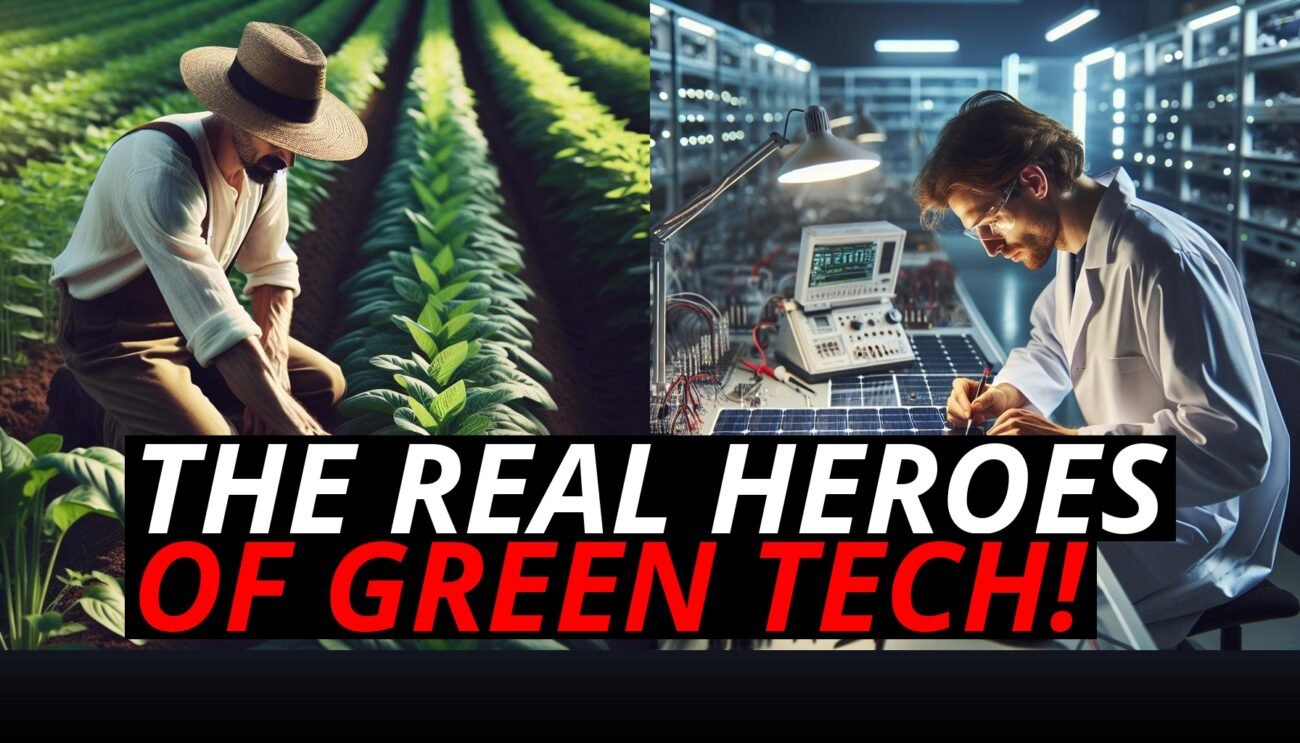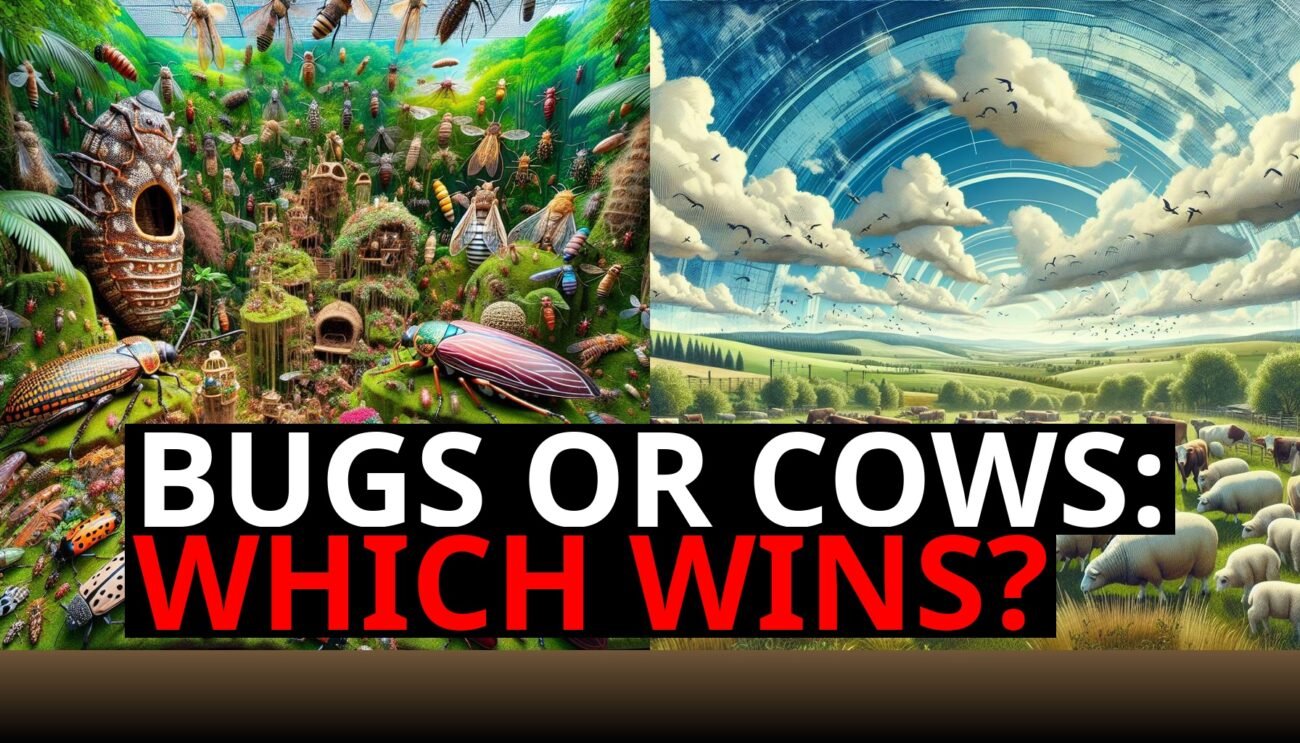Imagine walking into a grocery store and seeing two options: a carton of eggs for a few dollars, or a bag of cricket powder that costs twice as much. Which would you choose? For most people, the answer is obvious—eggs are familiar, affordable, and packed with nutrition. So why would anyone pay more for insects?
This is the economic dilemma facing bug farming. Despite the hype about insects being the food of the future, the cold, hard truth is that no one wants to pay more for bugs when cheaper, more efficient options like eggs and dairy already exist. Let’s dive into the economics of bugs and explore why this industry is likely to fail in the marketplace.
The High Cost Of Bug Farming: More Expensive Than You Think
At first glance, bug farming seems like a low-cost, high-yield solution. After all, bugs are small, reproduce quickly, and don’t need vast stretches of land to grow. But when you look closer, it becomes clear that raising insects on a large scale comes with a hefty price tag.
Here’s why bug farming is more expensive than most people realize:
- Climate control: Bugs need specific environmental conditions to thrive—most species require warm, humid climates. This means that large-scale bug farms must invest in climate-controlled facilities, which use up energy and raise operational costs.
- Specialized diets: While some bugs can survive on waste products, most insect farms feed their bugs with specialized feed to ensure they grow quickly and are safe for human consumption. This feed, just like for other livestock, costs money.
- Processing and packaging: Insects aren’t sold as-is. They need to be harvested, processed, and packaged—whether as whole insects or in powder form. This adds layers of labor and technology, further driving up the cost of production.
The result? Even though bugs reproduce quickly, the infrastructure needed to produce, process, and distribute them is far from cheap. When you compare this to the simplicity of raising chickens or cows, it’s no wonder that eggs and dairy remain significantly cheaper.
Consumer Preferences: Why Familiar Foods Like Eggs Win Every Time
The economic problem for bug farming isn’t just about production costs—it’s also about consumer preferences. People are accustomed to foods like eggs and milk, which have been staples in diets for centuries. They’re affordable, nutritious, and easily integrated into everyday meals.
Bugs, on the other hand, face an uphill battle:
- Taste and texture: Many people find the idea of eating bugs unappealing. The taste and texture of crickets or mealworms are far from what most consumers are used to. Even in powder form, bug-based foods like protein bars or shakes haven’t exactly won over mainstream eaters.
- Cultural barriers: Insects may be eaten in some parts of the world, but for many consumers, especially in the West, they’re seen as pests, not food. Getting people to shift from a carton of eggs to a bag of cricket flour is a tough sell.
- Perceived value: Consumers associate bugs with being cheap or low-status food. So when they see bug-based products on store shelves with higher price tags, they balk. Why pay more for something that’s culturally unfamiliar and less desirable?
These factors create a disconnect between the price of bug-based products and the value that consumers place on them. Until bug farming can compete with the affordability and appeal of eggs and dairy, it’s unlikely to gain widespread acceptance.
Eggs And Dairy: The Gold Standard For Affordable, Sustainable Nutrition
One of the reasons eggs and dairy are so successful is that they strike the perfect balance between cost, nutrition, and sustainability. Let’s break it down:
- Efficiency: A single hen can lay hundreds of eggs each year. Cows produce milk continuously without needing to be slaughtered. This makes both eggs and dairy incredibly efficient in terms of resource use.
- Low production costs: Compared to bug farming, the infrastructure required to raise chickens and cows is relatively simple and has been optimized over centuries. Chickens need basic shelter and feed, while cows graze on pastures that are often unsuitable for crop farming.
- Nutritional value: Eggs and dairy offer a perfect combination of protein, fat, and essential vitamins. They provide the nutrition people need at a fraction of the cost of bug-based foods, making them a staple in diets around the world.
The economic success of eggs and dairy isn’t just about cost—it’s also about the fact that they meet consumer demands for affordable, familiar, and nutritious food. Bugs, in comparison, are niche products with limited appeal.
The Problem Of Scaling Up: Why Bugs Are Hard To Mass Produce
Even if bug farming were to solve some of its initial production challenges, there’s another hurdle: scaling up. Producing insects at a level that could compete with livestock or poultry farming requires a massive investment in infrastructure.
Here are some of the challenges of scaling up bug farming:
- Labor-intensive processes: While raising bugs can be done in smaller spaces, the process of harvesting, processing, and packaging insects for human consumption is labor-intensive. Bugs need to be carefully handled, which makes scaling up more difficult and costly.
- Consumer education: Convincing people to eat bugs on a large scale would require a huge investment in marketing and consumer education. Many people are unfamiliar with how to cook or prepare insects, and the idea of eating them might require a cultural shift.
- Limited market: Even if bug farms could scale up, there’s still the problem of market demand. Consumers aren’t clamoring for cricket-based snacks, and until there’s widespread demand, the industry is likely to struggle.
The combination of high production costs, cultural barriers, and the difficulty of scaling up makes bug farming a risky and expensive venture.
Why Bug Farming Will Struggle To Compete
Ultimately, the economic reality of bug farming is that it’s more expensive and less appealing than traditional food sources like eggs and dairy. While bugs are promoted as a solution to the world’s food and environmental problems, they face significant challenges in the marketplace.
Eggs and dairy are simply better products:
- Cheaper to produce: The infrastructure and processes for producing eggs and dairy have been perfected over centuries, making them far cheaper to produce than insects.
- More widely accepted: Consumers already know and love eggs and dairy. They’re easy to cook, versatile, and familiar, making them far more appealing than unfamiliar bug-based alternatives.
- More sustainable than you think: Livestock farming, when done sustainably, can have a low environmental impact, especially compared to the energy-intensive process of raising bugs in climate-controlled facilities.
At the end of the day, the biggest hurdle for bug farming is simple: why pay more for something that people don’t want when cheaper, better alternatives are already available?
Conclusion: The Bug Farming Bubble
The idea of eating bugs might seem like the future, but the economics tell a different story. Bug farming is expensive, difficult to scale, and faces enormous resistance from consumers who prefer familiar, affordable foods like eggs and dairy.
Until the industry can offer products that are as cheap, nutritious, and appealing as traditional food sources, it’s unlikely that bugs will move from niche markets to mainstream acceptance. For now, the real winners in the food economy remain the same as they’ve always been: eggs, dairy, and other traditional sources of sustainable nutrition.

